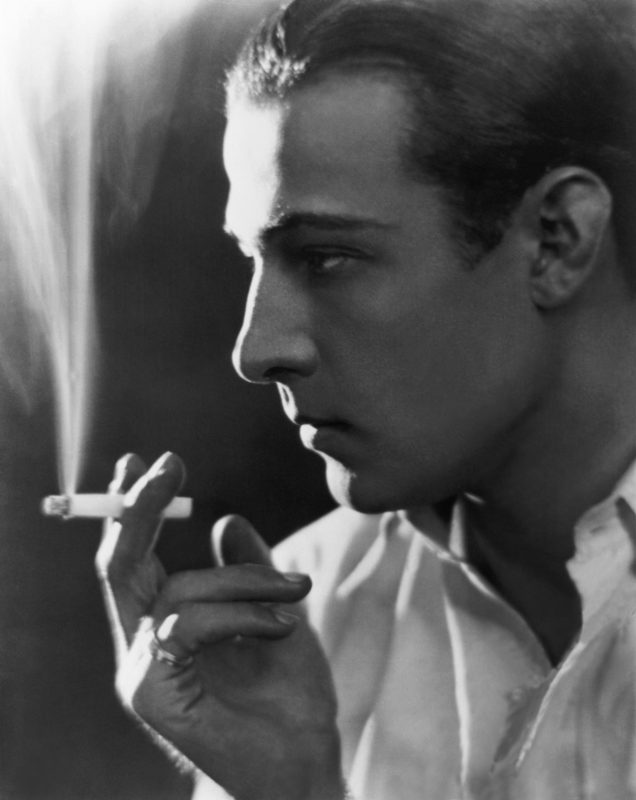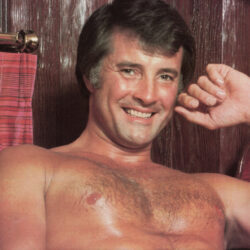Who preceded Dean, Presley, Reynolds, Pitt as the first male ‘sex symbol’? Who was the “fairest of them all”? We could go as far back as Michelangelo’s David or Myron’s Discobolus or Praxiteles’ Hermes, but the term itself was coined to describe the stars of the silver screen and in the late 1910s and the early 1920s there were two: Douglas Fairbanks, best known for his athleticism and his swashbuckling roles, and an exotic “Latin lover”, Rudolph Valentino. “The telling difference between the two men”, writes Robert Sklar in his seminal book Movie-Made America, “was that Valentino always projected himself in a way that Fairbanks, the smiling, clean-cut, genteel American hero, rarely did, if ever -as a sexual being” (the italic is ours).
As we celebrate 50 years of Playgirl and thousands of naked men, we can’t help but look back at the archetypal screen lover, at the movie star who oozed sex appeal like no one before and paved the way for Playgirl’s centerfolds and the icons (and the influencers and the creators) of today. “In the yet unwritten history of the revolution in modern American sexual attitudes”, Sklar continues, “Valentino must play a considerable part. It was not only that he seemed to fulfill the fantasies of millions of American women, (…) there was also the tangled resentment and emulation he aroused in American men”. Valentino’s masculinity was in fact called into question: he made himself appealing to women and, by doing so, by loving passionately and unabashedly, he challenged the then-prevailing but tired paradigms of manhood (Fairbanks).
Five decades later Playgirl would defy sexual mores and stereotypes in its own way, allowing women to revel in their sexuality. “We will bring you men”, writes Marcia Borie in the premier issue manifesto, “Romantic men. Yes, as a PLAYGIRL you deserve a look at today’s most exciting males. Men such as those you desire… Men you wish to reach out to and touch… Be with… Experience… Love…” Lyle Waggoner posed cross-legged for the magazine in June 1973 (photographed by Norbert Jobst), George Maharis bared it all in July that year. So did Fabian Forte and Jim Brown, so did Brian Buzzini in the 80s and Peter Steele in the 90s and Marcus Patrick in the 00s. They all broke barriers, they all braved people’s prejudices and sometimes paid the price for it. None was ever as popular or, arguably, as intense as Valentino. But if Playgirl’s true legacy, according to Esquire, “is the way it normalized sexually objectifying men” (did it really?), they all contributed something more radical, more revolutionary than normalizing full-frontal male nudity. By giving flesh and bones to women’s desires, the way Valentino had embodied them in The Sheik, these few good men earned them equal representation. And that’s their “considerable part” and their legacy.

Allstar Picture Library/Alamy.






